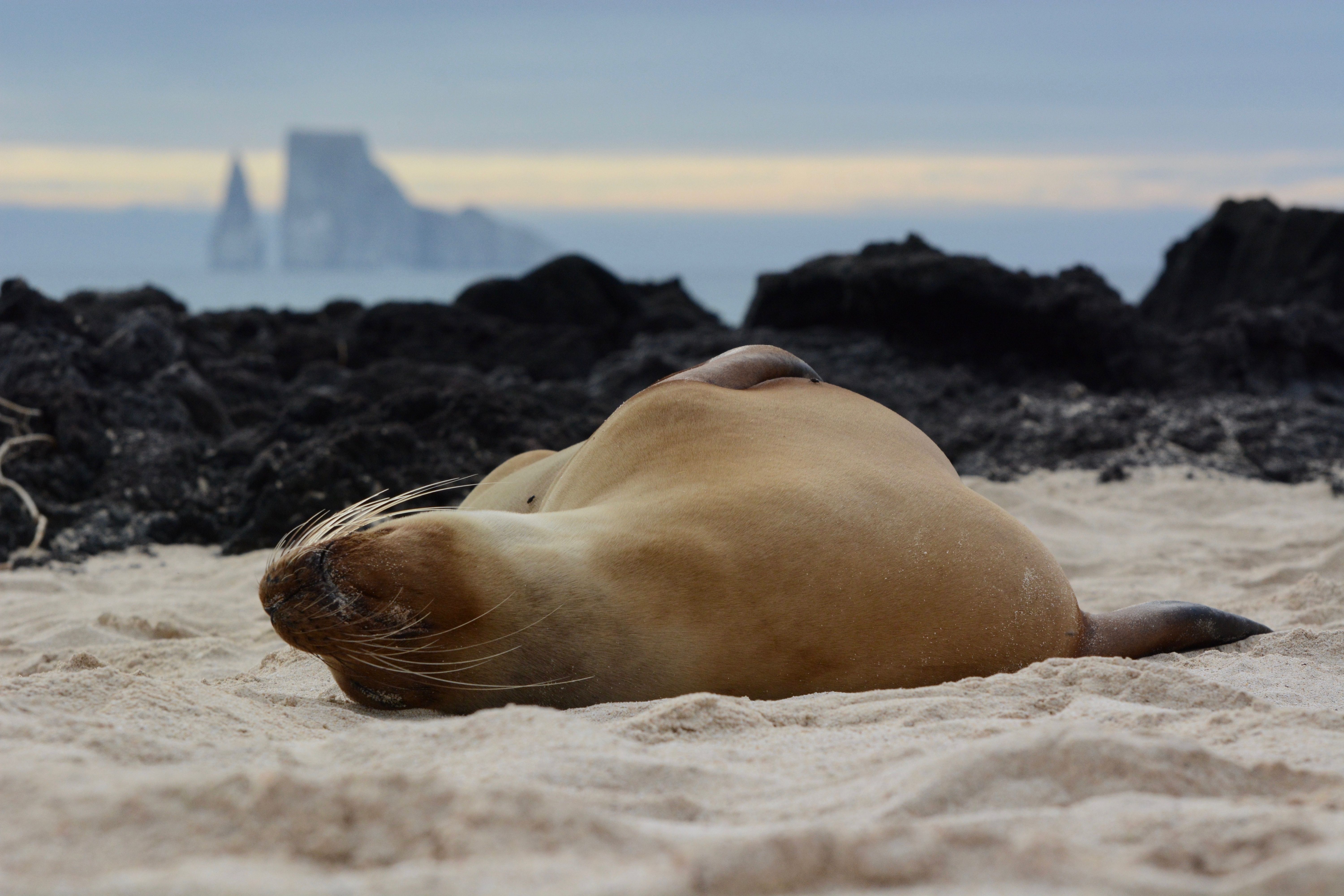
By Matt McMillan
Located off the coast of South America, the Galapagos Islands have some of the most diverse wildlife in the world making it a paradise for diving, bird watching and all nature lovers. The Galapagos can be a complicated destination and for most people a visit to the islands will be a once in a lifetime journey so its important to plan the right trip for you. Choosing the right length of trip, time to travel and style of travel are just some of the factors to consider so I have outlined a quick guide to the islands to help plan your trip. As always there isn’t a ‘one size fits all’ approach so when planning your trip its best to talk to our expert team who can assist in providing the most appropriate trip to suit you and your travel companions.
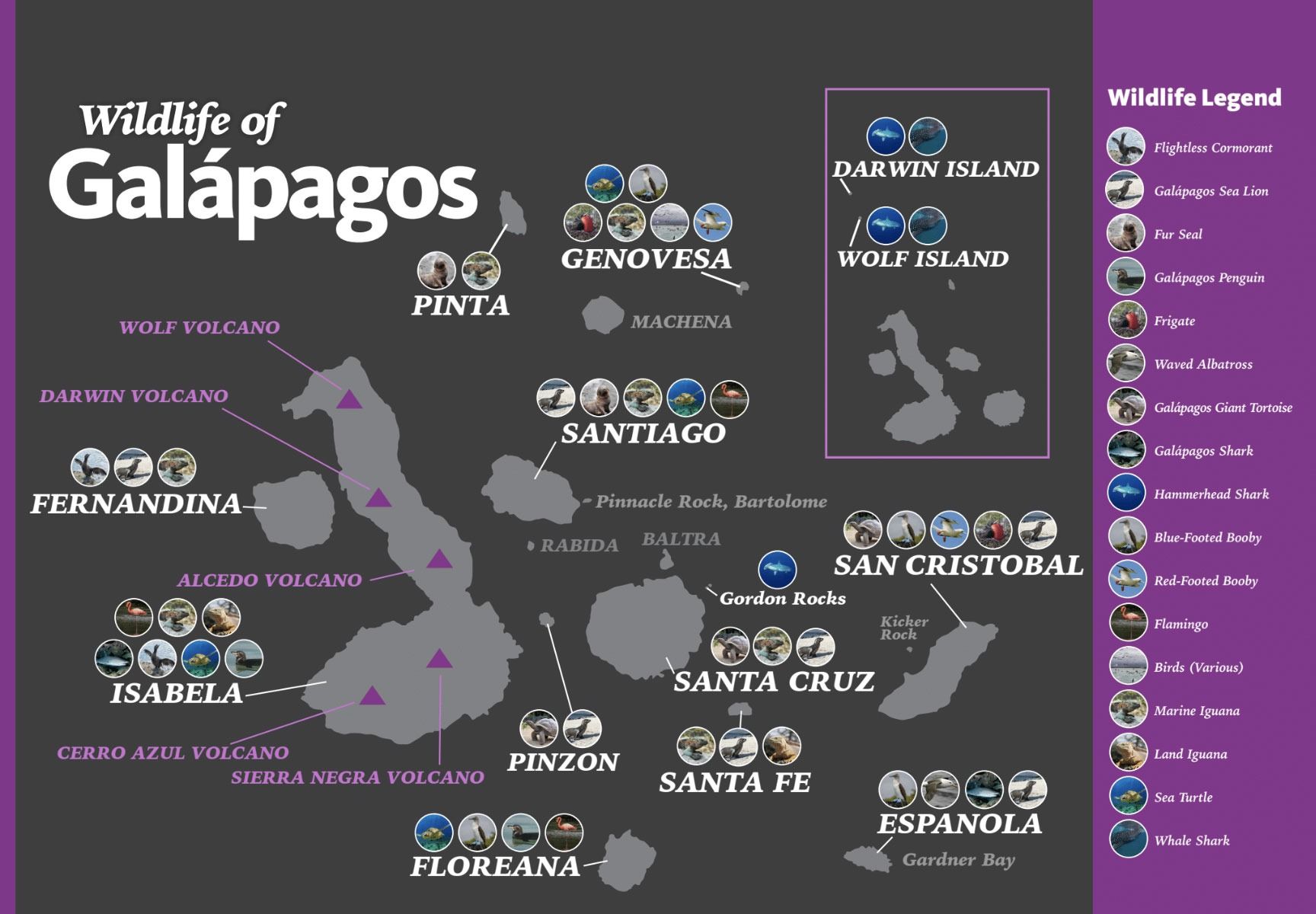
How do you get to the Galapagos Islands?
The Galapagos are a group of volcanic islands located in the Pacific Ocean 973km off the west coast of South America. There are no direct international flights to the Galapagos Islands so you must fly via either Quito or Guayaquil on mainland Ecuador and more than likely you will need to overnight in either of these cities before and after your cruise. Most flights from Quito stop in Guayaquil and depending on your route the flight will take between 2.5 to 3 hours. There are two airports taking flights from the mainland, the primary one being on Baltra Island which is connected to Santa Cruz Island and the other one being on San Cristobal which takes fewer flights.
What is the Best Time of Year to go to the Galapagos?
‘When is the best time to go?’ is the common question asked about the Galapagos and the answer is as simple or as complicated as you would like it to be. The simple answer is that the Galapagos is a year round destination and no time of year is likely to disappoint as animals are active year-round. The more complicated answer will depend on whether you have any particular desires on what to see and how you travel and I will cover this aspect later in this guide.
With respect to climate there are essentially two main seasons in the Galapagos, the ‘hot wet season’ from December to May and the ‘dry season’ from June to December however being located along the equator means that the average minimum/maximum temperatures in the Galapagos archipelago only vary moderately.
The warmer waters from December to May can be a more comfortable time for diving or snorkelling and this time of the year also typically has higher rainfall. The rain shouldn’t put you off travelling during this time as it is normally intermittent rain and you’re unlikely to experience an entire day of rain. Many of the birds, sea lions, turtles and tortoises use this period as their mating season and can be observed in strong numbers. In May blue-footed boobies are doing their famous courtship dance.
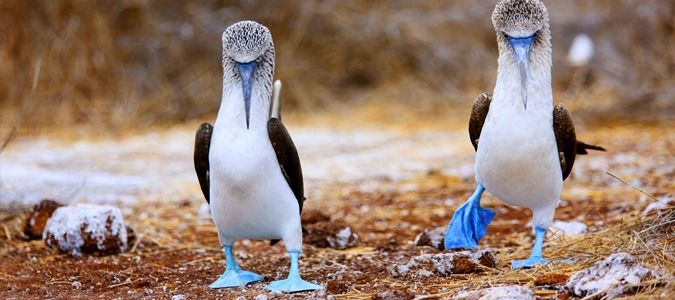
The dry season has stronger water currents and cooler water temperatures which bring an increase in plankton to the region. With this comes a notable increase in marine activity and those braving the cooler water can experience an underwater treat. Whale sightings are more common in this period and its also the most comfortable season for hiking.
Our travel information page provides some more useful information on the typical temperatures of each month and the likely highlights at each time of the year.
How to visit the Galapagos Islands? Cruising vs Island Hopping tour.
The first decision to make when planning your trip to the Galapagos is whether to do a cruise or land based ‘island hopping’ tour. Island Hopping typically involves a tour of 4 to 8 days and combines stays in Santa Cruz Island, Isabela and San Cristobal Islands, day tours of these and other surrounding islands. The main advantage of this type of tour is that it’s usually less expensive than cruising and involves less time on boats for those who are prone to sea sickness. There are of course many limitations though as you will not be able to access the more remote and unspoilt islands of the archipelago and will cover the same ground each time you travel to/from your daily excursions. The quality of these tours, the guides and the hotels included can be questionable so its important to speak with us about the alternatives here.
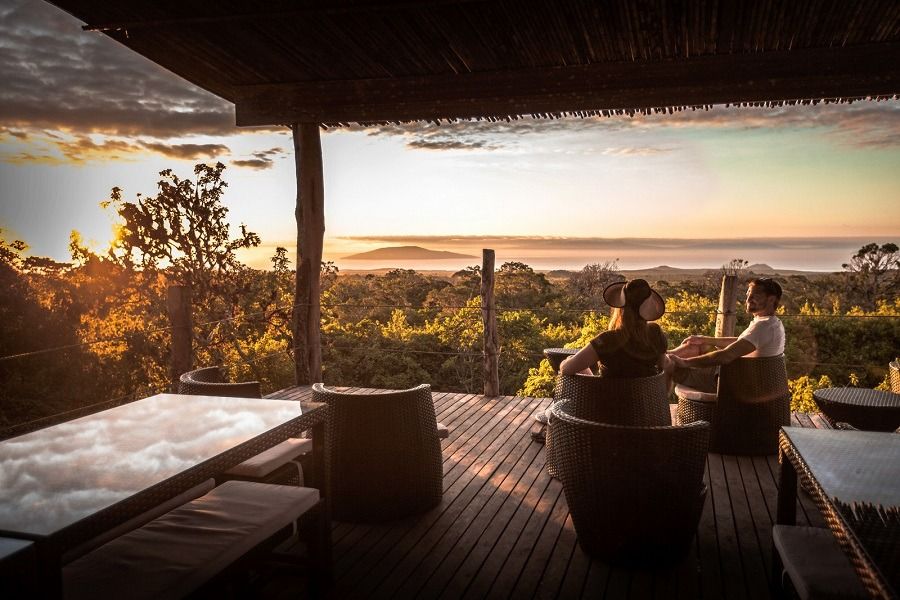
If you want a top level experience in the Galapagos then I would highly recommend the Galapagos Safari Camp located in the highlands of Santa Cruz which is the best place in the Galapagos to see Giant Tortoises in the wild. The camp consists of luxury canvas safari tents with incredible views, top quality touring and delicious cuisine. You can read my detailed blog on the Galapagos Safari Camp here.
Cruising in the Galapagos can be the better way of seeing the islands as you can visit more remote spots and potentially more areas as the vessels typically cruise at night to reach new anchor points. Most vessels in the Galapagos are small ships of around 16 to 20 passengers however there are several luxury vessels in the 30 to 50 passenger range and a few larger vessels taking between 50 and 100 passengers. I generally prefer to recommend the smaller ships as you will get a more intimate experience particularly on shore and snorkelling excursions however some of the mid sized vessels can manage their numbers by having several guides and splitting the group into different activities at each stop. The larger vessels tend to be slightly faster and can be more stable for those concerned about sea sickness.
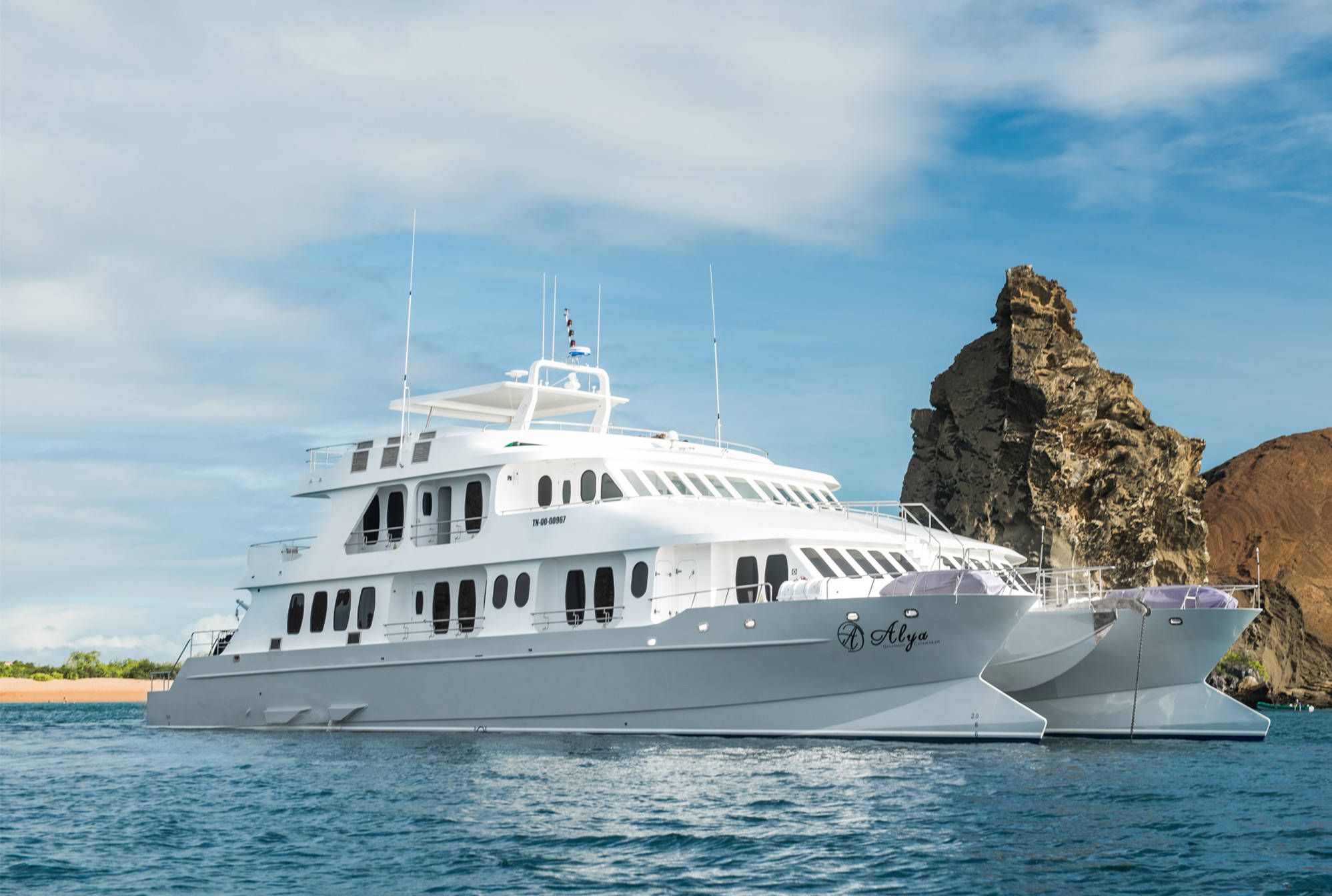
You can view our range of Galapagos Island hopping excursions here and our huge range of Galapagos cruises to suit all budgets here.
Where to visit in the Galapagos Islands and how many days do I need? Choosing the right Galapagos itinerary for you.
Island hopping tours will limit the areas you can visit to Santa Cruz Island and some of its surrounding islands, San Cristobal Island and small area of Isabela Island. So when it comes to planning your holiday, cruising will offer you a much wider spectrum of options. Generally the choice comes down to what wildlife you wish to see, and our handy map (above) gives you a good idea of what you can see and where. As mentioned previously, some of this wildlife is seasonal so if you are really wanting to see a particular species of bird for example then you will need to discuss this with us so we can recommend the most suitable option for you.
When it comes to the amount of time you need to see the islands it comes down to how much you want to see and of course your budget. Cruises and Island Hopping tours typically start from four days and can be as long as 15-20 days for those wanting to see everything. I personally wouldn’t recommend any less than five days’ duration as you need to consider that the first and last days of your trip are mostly lost to travel so with five days on the islands you really only get three or so days to experience the islands. Most of our clients spend between five and eight days in the islands, and in this period of time you can cover a nice amount of ground. With five or six days I would definitely recommend considering a cruise which covers the southern and eastern islands, and preferably starts in San Cristobal and ends in Santa Cruz. This way you are likely to experience some spectacular scenery and see most of the most iconic species which the majority of clients seek when visiting the Galapagos. With a longer amount of time then you can certainly consider going further to places like Isabela, Fernandina and Genovesa which is home to the Red Footed booby.
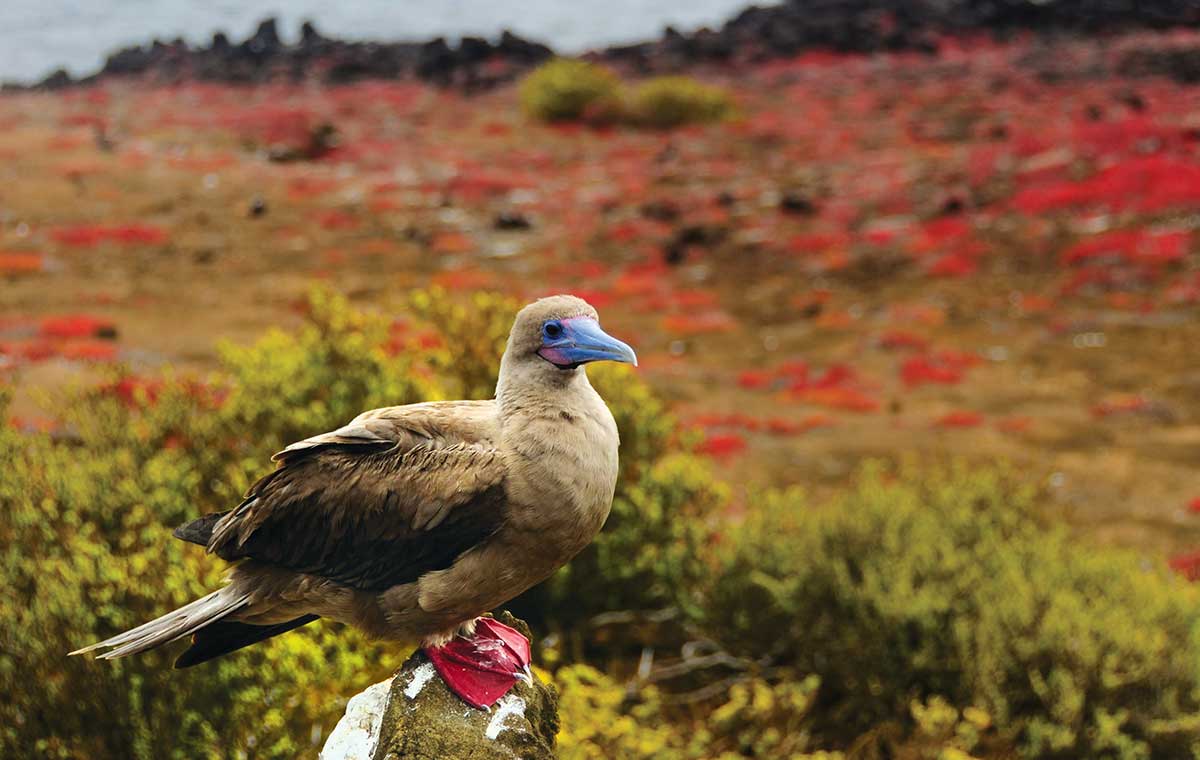
How much does it cost to visit the Galapagos Islands?
There’s no two ways about it, the Galapagos is an expensive destination and will take up a large portion of your South America trip budget. There are many factors involved in making it an expensive destination and the primary one is that the islands are so isolated from mainland South America. The islands themselves don’t produce much in the way of raw materials and almost everything needs to be flown in. Additionally, a large portion of your costs and the cost of the cruise or lodge you are staying in is invested in park and conservation fees.
Whilst it is an expensive destination this doesn’t mean you should try to cut costs and choose a more budget way to travel, to the contrary really. Apart from providing a more comfortable journey with better food and service, a luxury lodge or cruise also charges a higher price because they have more experienced and better qualified naturalist guides. The Galapagos National Park has strict rules in place for almost all areas which require visitors to be in the company of a trained, naturalist guide at all times when visiting the islands. The knowledge and dedication of these guides forms an integral part of your Galapagos experience and I cannot understate how important this is. These guides not only do everything they can to make your experience incredible but also enforce all the Galapagos National Park rules to keep you safe and ensure the protection and conservation of this fragile ecosystem.
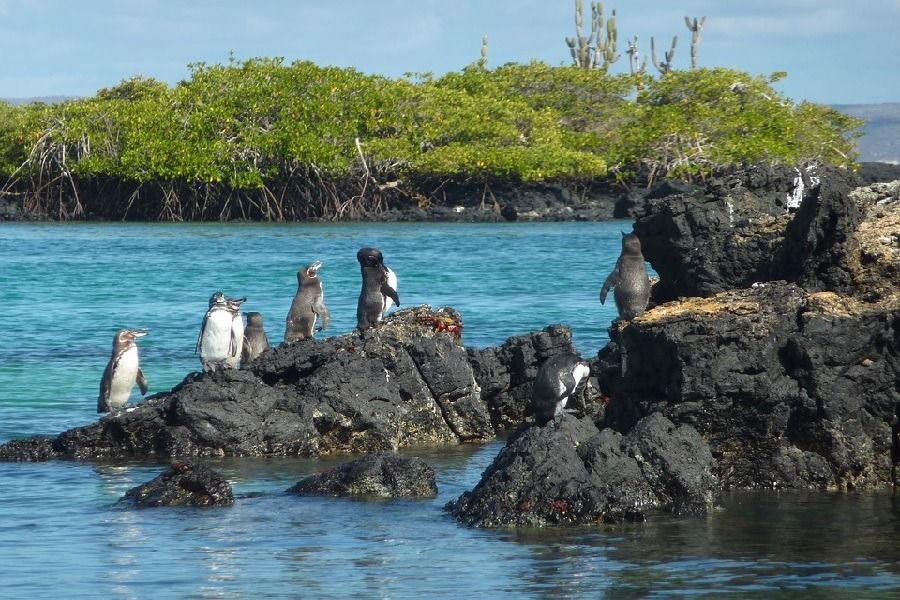
Whilst the Galapagos may be expensive we are certain that after experiencing it yourself you are sure to believe it was worth every cent.
What other costs are involved in a trip to the Galapagos Islands?
Apart from the costs of your cruise or tour of the Galapagos National Park, you need to consider a few other expenses. Some likely additional fees are as follows;
- Flights to/from the Galapagos typically cost around US$450-550 per person depending on the route. You can book return tickets Quito/Guayaquil to the Galapagos or tickets starting in one city and ending in the other. If you are doing a cruise then in most cases it is a requirement to book the flights with the cruise operator which may be slightly more expensive but will ensure you do not risk missing your cruise, as the entire itinerary operates around a specific flight schedule. There are some operators who package their flights with the cruise however this is the exception rather than the norm.
- Galapagos Transit Control Card (US$20 per person) which you are required to purchase prior to check in for your flight from Quito or Guayaquil to the Galapagos. This card is an immigration control measure set by INGALA, the Ecuadorian Governmental agency that regulates all things relating to the Galapagos Islands
- Galapagos National Park Entrance Fee (US$100 per person) payable on arrival
- Tipping amounts vary widely, but are generally expected to be between US$15-30 per day per traveller on a tour or cruise. Some yachts will provide you with tipping guidelines and envelopes for tips whilst you’re onboard but please remember these are just guidelines (or often the preference of the staff/operator) and you are not obligated to pay the requested amount
- Meals and drinks not included on your trip. Typically all cruises include all your meals, however on an island hopping tour you are unlikely to have dinners included. Local restaurants and hotel restaurants are quite expensive so the costs of these extra meals should be considered when weighing up the value of a cruise vs island hopping excursion. Drinks other than tea, coffee and water are also generally not included however some of the more high end vessels may include some drinks with your meals and some vessels even offer all inclusive options, but this is rare
- Souvenirs: There isn’t a lot to buy in the Galapagos however on the main islands of Santa Cruz and San Cristobal there are several souvenir shops to choose some gifts to take home
Diving in the Galapagos Islands?
The Galapagos is famed for being one of the most exciting places to dive on earth and almost every scuba diver has these islands on their bucket list. You’ve probably seen videos and photos of large schools of hammerhead sharks but a diving trip to the Galapagos can offer a lot more than this. A variety of shark species, Galapagos Penguins, Sealions, dolphins, sunfish, rays, sea turtles and marine iguanas are just some of the species you are likely to see when diving in the Galapagos. Typically, diving the Galapagos archipelago can be quite challenging for all but the most experienced divers; those who feel comfortable in deeper waters with varying currents and conditions. The best place to see the famous schools of hundreds of hammerheads and whale sharks (best from June to December) is at the remote Islands of Wolf and Darwin, and if you want to reach these islands then you need to consider a minimum one week live aboard diving cruise. These can be towards the pricey end of the scale and are really only for those who are interested in diving, and diving only.
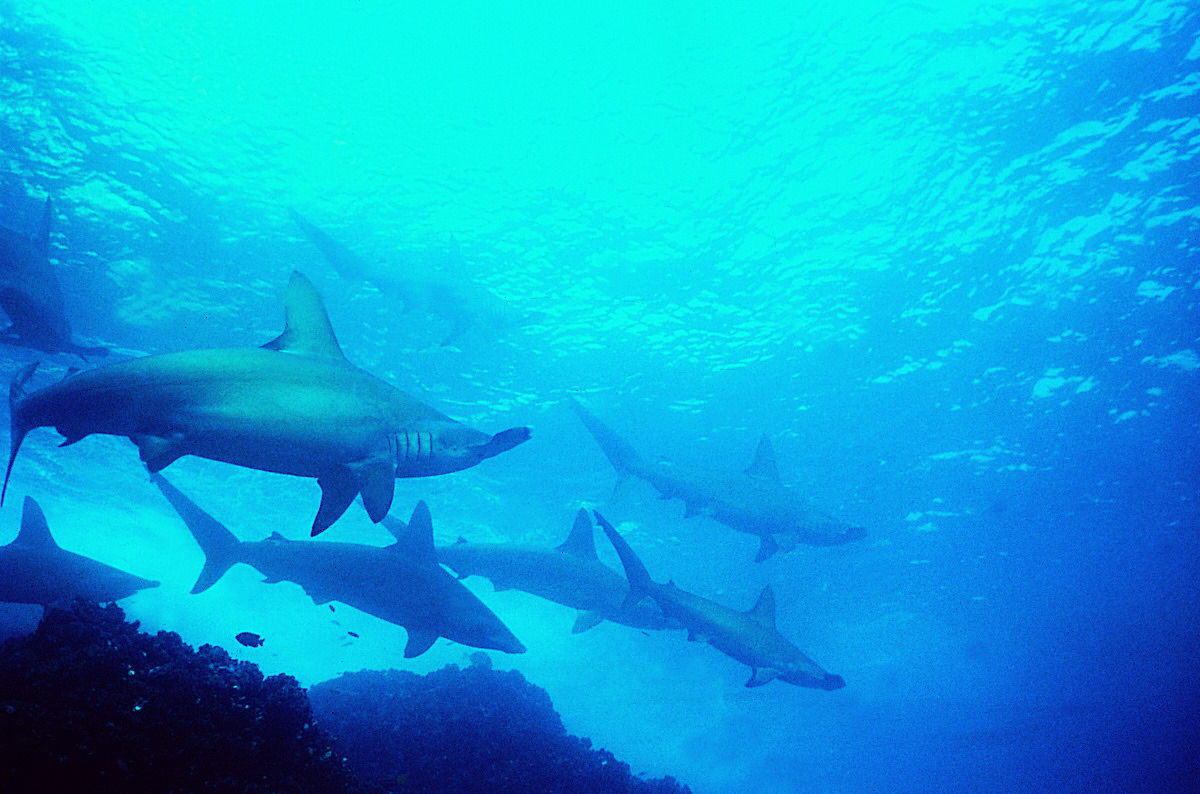
If you just want to visit the Galapagos and do a day or two of diving then there are still options available to you. Many of the naturalist cruises offer you the option of taking a diving day trip at an additional cost and basically this works by one of the local diving operators picking you up from your cruise, taking you diving and then dropping you back at the boat on completion of your dive. I personally wouldn’t recommend this option as you are already paying for the activities on your cruise and will miss out on a full day, and pay extra to do this. A better alternative is to extend your trip in the Galapagos with some time staying on either San Cristobal, Isabela or Santa Cruz Islands before or after your cruise and start your diving excursions from there. Santa Cruz is the busier, more lively of the options but in either location you can find several diving operators offering trips to suit your experience and we can certainly help with suggestions on the best options. From Santa Cruz you can access popular diving sites such as Gordon Rocks, Camano Inlet and North Seymour. From Isabela you can access Punta Vicente Roca and from San Cristobal you can access Kicker Rock, to name a few of the options.
Whatever option you decide on, its always vital to speak to our specialists about the best time to go diving and this will depend on what you want to see most. The islands have distinct seasons which are heavily influenced by the water currents in the region. The warmest water can be found from December to June and at this time you are more likely to encounter manta rays whereas in the cooler water months of June to December you are more likely to have a chance at diving with whale sharks.
What to combine with your trip to the Galapagos Islands?
It’s rare that someone would only visit the Galapagos on a trip to South America. As a minimum I would suggest visiting Quito and the surrounding areas but there is so much to offer on the Ecuadorian mainland that you should definitely consider at least a week to enjoy these. I have written another blog about the best lodges of Ecuador and my colleague Luke has written a detailed blog outlining a variety of other ways to extend your trip to the Galapagos which includes suggestions both within Ecuador and greater South America.
You can see our range of Galapagos Islands holidays here.
If you want to find out more about the destinations in this article, or have any questions in general please contact us.



